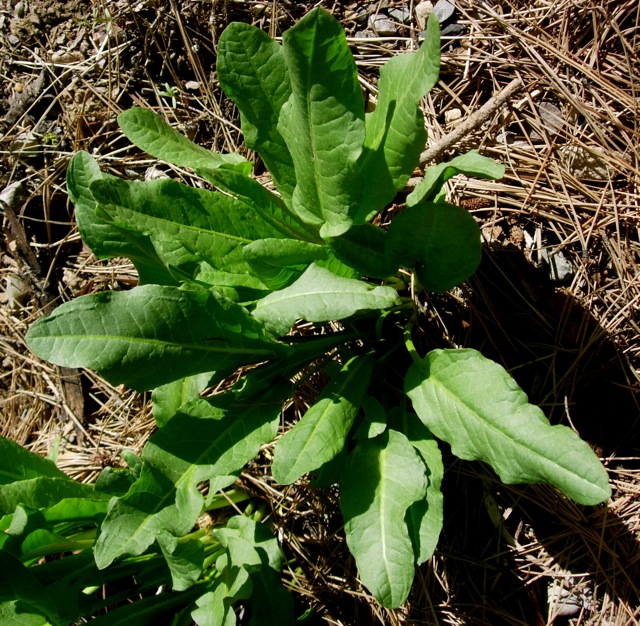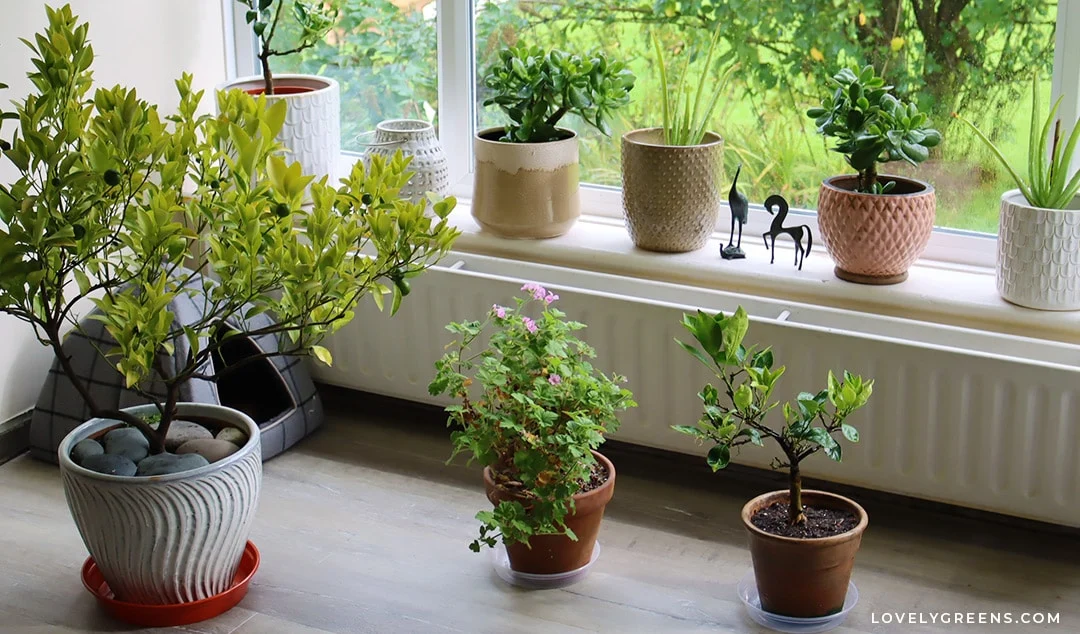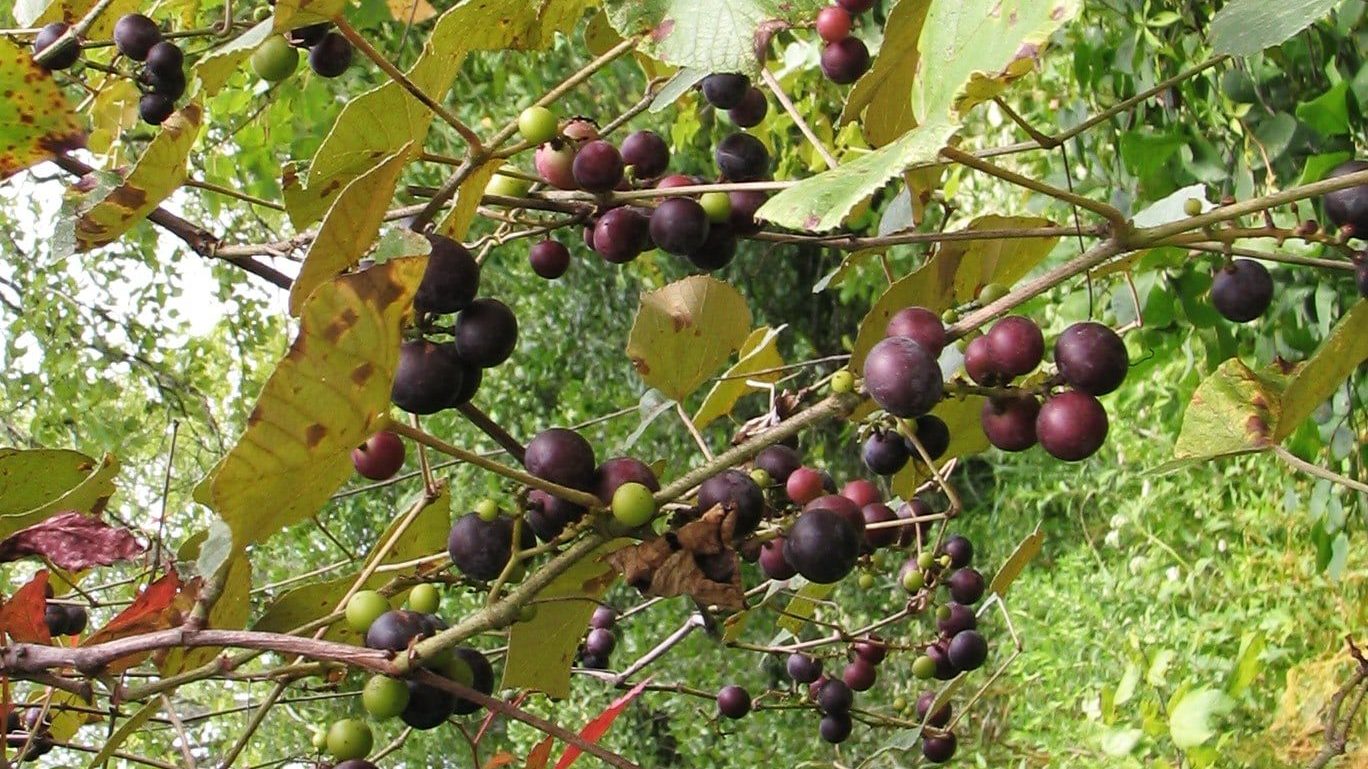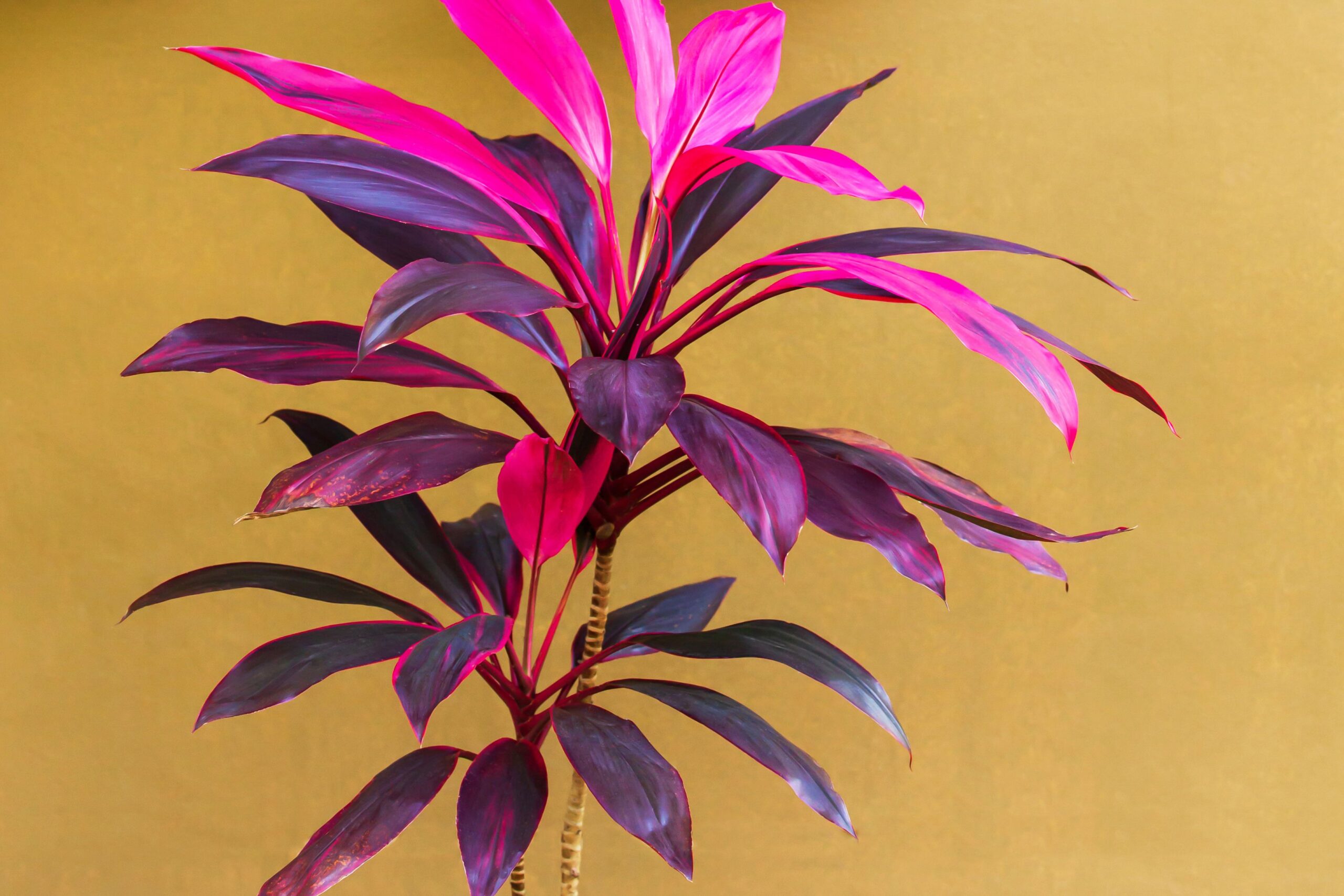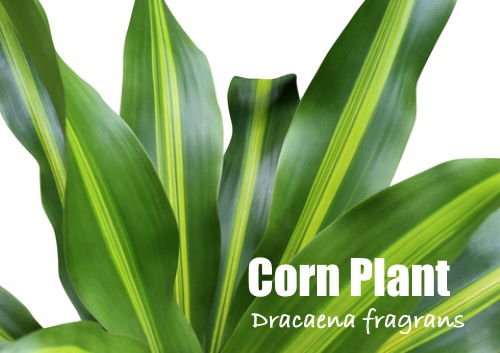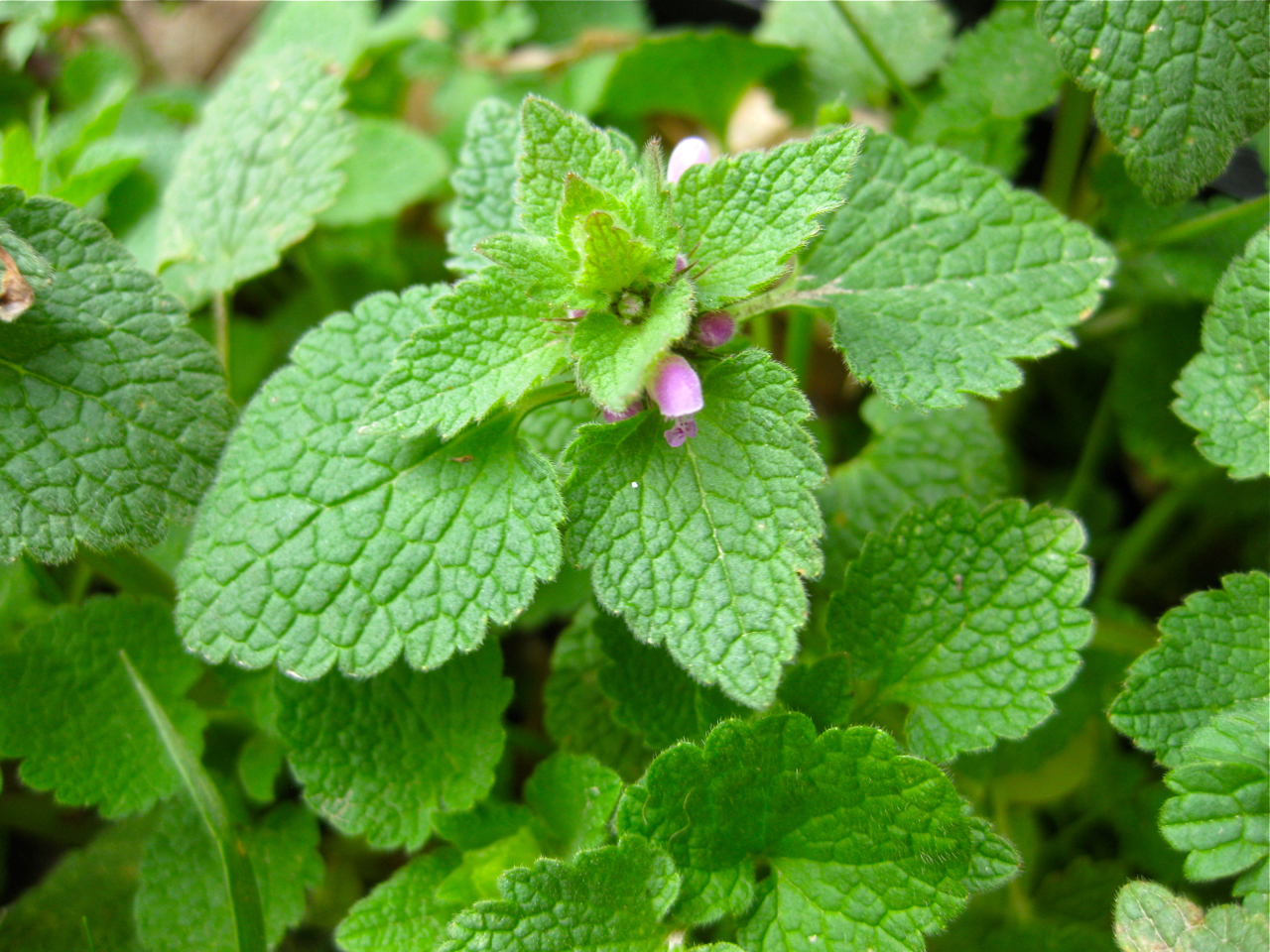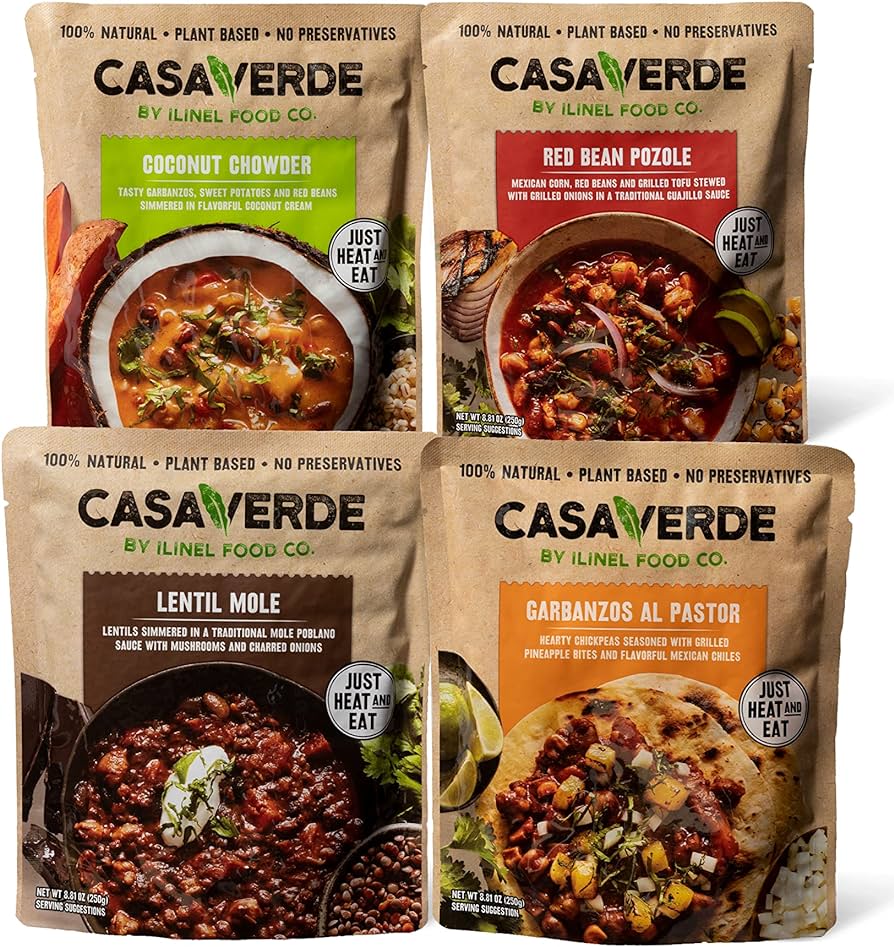Edible plants in Indiana include wild garlic, dead nettle, cleavers, wild carrot, and poison hemlock. These plants offer a variety of flavors and nutrients while being readily available in the wild.
From foraging enthusiasts to survivalists, exploring the edible flora of Indiana can be both educational and rewarding. Whether it’s the pungent taste of wild garlic or the delicate flavors of cleavers, there is a diverse range of plants waiting to be discovered.
By understanding the edible plants that grow in Indiana, individuals can connect with nature, enhance their culinary skills, and promote sustainable living practices. With a bit of knowledge and caution, one can enjoy the bounty of nature’s edible treasures in Indiana.
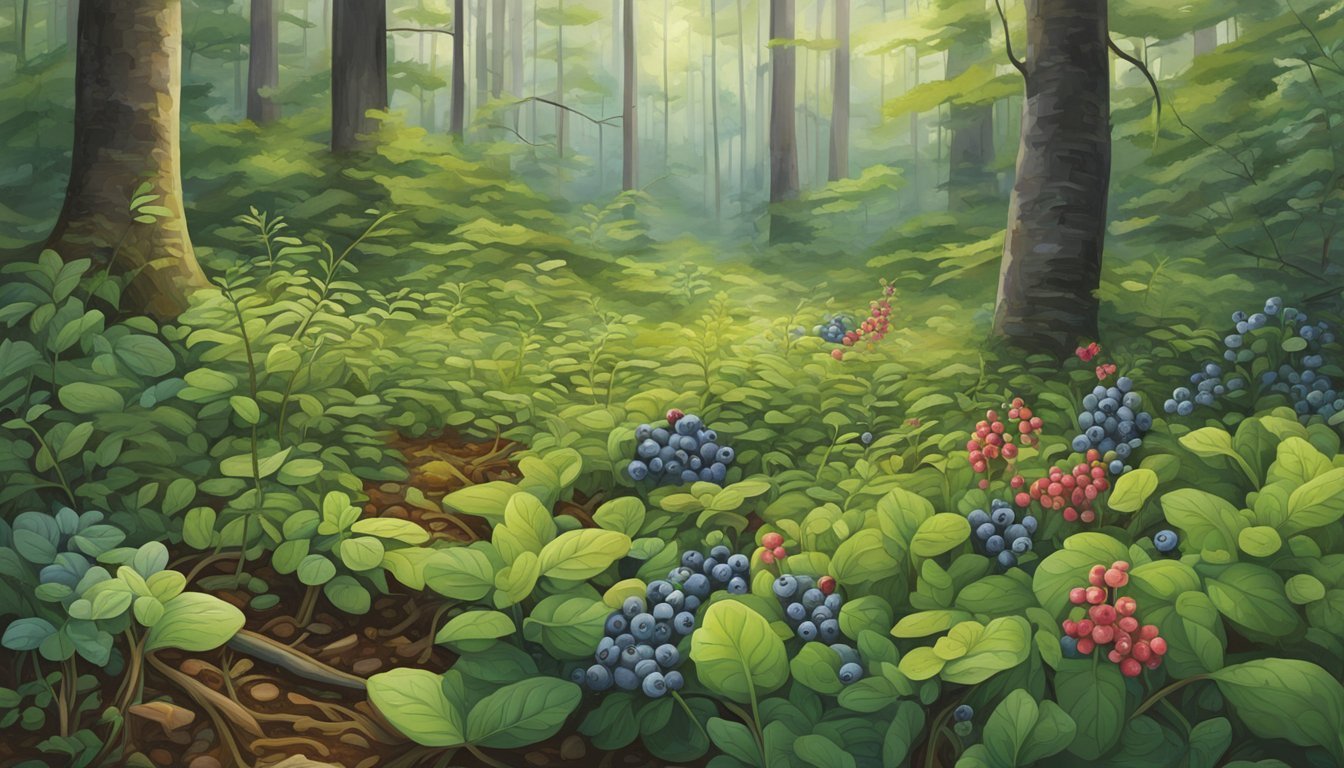
Credit: discover.texasrealfood.com
Discovering Wild Edible Plants
When it comes to spring harvests in Indiana, it’s exciting to explore the world of wild edible plants. Identifying common edible plants can be a useful skill for nature enthusiasts and survivalists alike. Some common edible plants found in Indiana include:
- Wild Garlic
- Dead Nettle
- Cleavers
- Wild Carrot
- Poison Hemlock
- Curly Dock
- Lemon Grass
- Bitter Dock
- Chickweed
To ensure that a wild plant is edible, it’s important to follow the Universal Edibility Test. This test involves separating the plant into its various parts, smelling it, and preparing a small portion of it for consumption. Some of the most common edible plants include dandelion, asparagus, nettle, garlic mustard, elderberry, wild raspberry, and curled dock.
Indiana is also home to a variety of wild fruits, such as mayhaws, pawpaws, persimmons, chokecherries, crabapples, Oregon grapes, and plums. Staghorn sumac, prickly pear, deerberry, passionflower, and black cherry are other fruits to look out for. Edible wild plants provide essential nutrients and can be a valuable resource in survival situations.
For those interested in learning more about wild edible plants in Indiana, Wild Edible Indiana offers private classes and resources to further your knowledge. Take advantage of the spring season and explore the abundance of edible plants that nature has to offer!\

Benefits Of Wild Edible Plants
Wild edible plants in Indiana offer various benefits for foragers. These plants hold nutritional value by providing vitamins and minerals essential for a balanced diet. Additionally, knowing how to identify and utilize these plants can be of survival importance in certain situations.
The diverse range of wild edible plants in Indiana includes dandelions, clover, berries, nuts, and nettles, offering ample nutrition for sustenance. These plants are rich in vitamins A, B, C, and E. Learning about and foraging for wild edible plants in Indiana can provide a valuable skill set for those seeking to connect with nature and promote self-sufficiency.
Popular Wild Edible Plants In Indiana
Wild edible plants are abundant in Indiana, offering a variety of natural options for foraging. Dandelion is a ubiquitous plant, and all of its parts are edible, providing essential nutrients. Garlic Mustard is another popular wild edible plant, known for its distinct garlic-like flavor and culinary versatility.
The elderberry is prized for its antioxidant-rich fruits and has long been used in traditional medicine. When foraging for wild edibles, it’s crucial to properly identify plants and ensure their safety for consumption. Overall, Indiana is home to a diverse array of wild edible plants, offering an opportunity for foragers to connect with nature and enjoy the bounty it provides.

Credit: discover.texasrealfood.com
Foraging Safety
When it comes to foraging for edible plants, it is important to take precautions and ensure safety. One way to do this is by conducting the Universal Edibility Test. This test helps determine the edibility of a plant by separating it into different parts, such as roots, stems, leaves, buds, and flowers. First, it is crucial to smell the plant to check for any strong and unpleasant odors. If the plant passes the smell test, a small portion can be prepared and boiled for consumption. It is essential to rely on expert guidance and knowledge when conducting the Universal Edibility Test.
- Avoid consuming plants unless you are certain of their edibility.
- Always positively identify plants before consumption.
- Do not forage near roadsides, industrial areas, or places with potential contamination.
- Wear gloves and protective clothing to avoid contact with toxic plants.
- Stay away from plants with milky sap, thorns, or excessive spines.
- Learn from experienced foragers or consult local resources for accurate information.
- Be aware of any potential allergic reactions and start with small amounts when trying new plants.
- Respect nature and forage sustainably, taking only what you need.
- Universal Edibility Test – Backpacker.com
- Common Edible Plants – MossyOak.com
- Special Forest Products – IN.gov
Wild Fruits Of Indiana
In Indiana, a variety of wild fruits contributes to the state’s rich edible plant life. Mayhaws are one such fruit, known for their tartness and commonly used in preserves. Similarly, pawpaws are sweet and custard-like, often eaten fresh or incorporated into desserts. Chokecherries are also found in the region and are often used in jams and jellies. These fruits add diversity to Indiana’s natural edible resources, offering both flavor and nutritional value.
Exploring Wild Edible Resources
Discover a wide array of wild edible plants in Indiana, offering an opportunity for foraging enthusiasts to gather an assortment of nature’s bounty. From vibrant bluebells to flavorful garlic mustard, the possibilities for nourishing discoveries are endless. Embrace the thrill of exploring nature’s edible resources in Indiana.
| Wild Edible Indiana Classes | Online Guides and Communities |
| Explore resources for learning about wild edible plants in Indiana. | Join online communities to share knowledge and tips on edible plants. |
| Connect with experts like Carrie Vrabel for private classes on foraging. | Utilize online guides to identify and safely consume wild edible plants. |
Culinary Delights From Wild Edibles
Discover the abundance of edible plants that Indiana has to offer. From foraging in the wild to creating delicious dishes, there is a world of culinary delights waiting to be explored.
Learn about the medicinal uses of wild plants and how they can benefit your health. These plants are not only tasty but also packed with essential nutrients. Incorporate them into your diet to boost your well-being.
When it comes to edible plants in Indiana, there are several popular options. Dandelions, asparagus, nettle, garlic mustard, elderberry, wild raspberry, and curled dock are just a few examples. These plants can be used in a variety of culinary creations.
If you’re interested in learning more about wild edible plants in Indiana, reach out to Wild Edible Indiana. They offer private classes for those who want to delve deeper into the world of edible plants.
| Native Wild Fruits in Indiana | |
|---|---|
| 1 | Mayhaws |
| 2 | Pawpaws |
| 3 | Persimmons |
| 4 | Chokecherries |
| 5 | Crabapples |
| 6 | Oregon Grape |
| 7 | Plum |
| 8 | Staghorn Sumac |
| 9 | Prickly Pear |
| 10 | Deerberry |
| 11 | Passionflower |
| 12 | Black Cherry |
When venturing into the wild to collect edible plants, it’s crucial to know what is safe to consume. Conduct the Universal Edibility Test to ensure the plant is edible. This involves separating the plant into its various parts, smelling it, and preparing a small portion to consume.
In conclusion, Indiana is a treasure trove of edible plants. Explore the flavors of the wild and experiment with new recipes. Embrace the natural bounty that surrounds you and enjoy the culinary delights that wild edibles have to offer.
Frequently Asked Questions On Edible Plants In Indiana
How Do You Know If A Wild Plant Is Edible?
To determine if a wild plant is edible, separate it into roots, stems, leaves, buds, and flowers. Smell it and conduct a skin test. If it passes, prepare a small portion and consume it. Always research and consult an expert before eating any wild plants.
What Is The Most Common Edible Plant?
The most common edible plant is the dandelion, known for being a staple in various food cultures worldwide.
What Are The Wild Fruits In Indiana?
Indiana’s wild fruits include mayhaws, pawpaws, persimmons, and chokecherries. Other options are crabapples, Oregon grapes, and different plums.
Can You Eat Edible Wild Plants?
Wild edible plants can provide essential nutrients for survival. Dandelions, clover, berries, and nuts are some examples of edible wild plants. Nettle, in particular, contains vitamins A, B, C, and E in its leaves, stems, and roots. It’s important to learn how to identify and prepare wild plants before consuming them.
Conclusion
Indiana is a treasure trove of edible plants, providing nourishment and culinary delights. From wild garlic to dandelion, asparagus to nettles, the state offers a diverse array of options. By following the universal edibility test and proper preparation, these plants can be safely enjoyed.
Whether you’re foraging in early spring or throughout the year, Indiana’s wild edibles offer a connection to nature and a sustainable food source. So, get out there, explore, and embrace the abundance of edible plants that Indiana has to offer.


